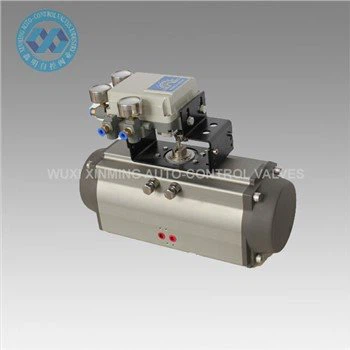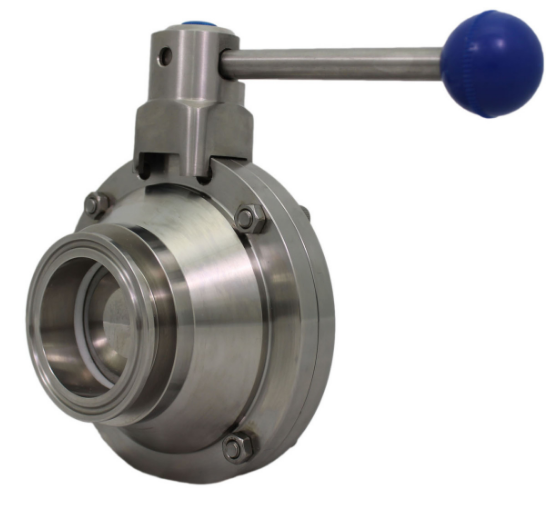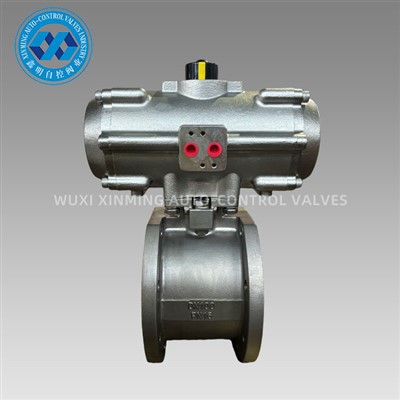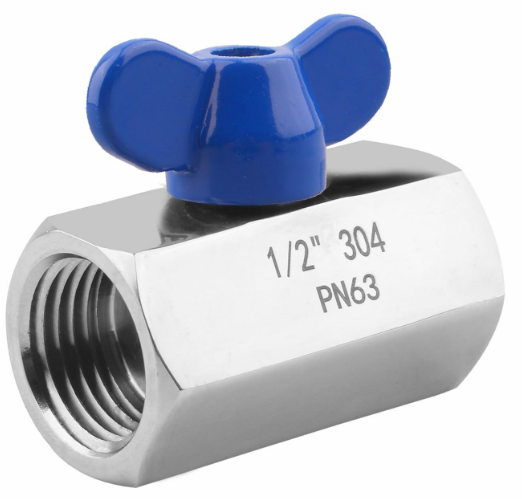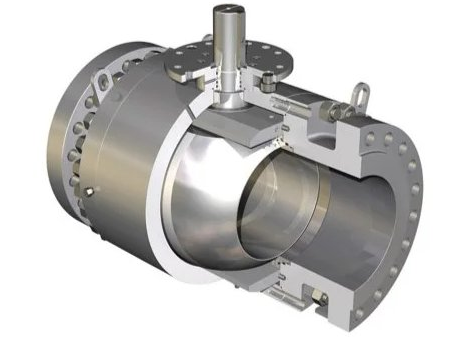Introduction
A rack and pinion actuator is a mechanical device that converts linear motion into rotary motion using a rack (a straight gear) and a pinion (a round gear). When powered by compressed air, it becomes a pneumatic rack and pinion actuator, one of the most widely used mechanisms for operating industrial valves, especially quarter-turn valves such as ball valves and butterfly valves.
This article explains the design, working principle, advantages, and applications of rack and pinion actuators, while also highlighting leading rack and pinion actuator manufacturers and their role in industrial automation.

What Is a Rack and Pinion Actuator?
A rack and pinion actuator consists of:
-
Rack – A toothed bar that moves linearly.
-
Pinion – A toothed gear that meshes with the rack and rotates.
-
Actuator Housing – The casing that holds the mechanism and air chambers.
-
End Caps – Seals the housing and contains springs (in spring-return models).
When the rack moves back and forth, the pinion rotates, producing rotary motion that can operate a valve stem or other rotary devices.
Terminology you may encounter:
-
Pneumatic rack and pinion actuator – Operated using compressed air.
-
Rack and pinion pneumatic actuator – Same as above, emphasizes air operation.
-
Rack and pinion valve actuator – Designed specifically to automate valves.
-
Rack and pinion valve – A valve operated via a rack and pinion mechanism.
Working Principle of Pneumatic Rack and Pinion Actuators
A pneumatic rack and pinion actuator uses compressed air to move pistons attached to the rack.
-
Air Supply – Compressed air enters one chamber of the actuator.
-
Piston Movement – The air pressure pushes two pistons outward (or inward), moving the rack in a straight line.
-
Rotary Output – The rack teeth engage with the pinion gear, causing it to rotate.
-
Reverse Motion – Air enters the opposite chamber (or spring force is used), moving the pistons in the opposite direction and reversing the pinion rotation.
This simple yet effective design produces precise 90° or 180° rotation, making it ideal for quarter-turn valve operation.
Types of Rack and Pinion Pneumatic Actuators
Rack and pinion actuators come in different configurations:
1. Double-Acting
-
Air is supplied alternately to both sides of the pistons.
-
Produces torque in both directions.
-
Suitable for high-cycle, heavy-duty applications.
2. Spring-Return
-
Air is used for one direction, and springs return the actuator to its default position.
-
Used for fail-safe operation in case of air supply failure.
-
Common in safety-critical valve automation.
Advantages of Rack and Pinion Valve Actuators
-
Compact and Reliable – Simple gear mechanism with few moving parts.
-
High Torque Output – Capable of operating large valves with ease.
-
Precise Control – Suitable for both on/off and modulating service.
-
Long Service Life – Durable design for harsh environments.
-
Cost-Effective – Widely available from many manufacturers.
Applications of Rack and Pinion Actuators
Rack and pinion actuators are used in various industries where pneumatic rack and pinion actuators are preferred for their robustness and simplicity:
-
Oil & Gas – Automating ball and butterfly valves in pipelines.
-
Water Treatment – Flow control for filtration and pumping systems.
-
Chemical Processing – Handling corrosive or hazardous fluids.
-
Power Generation – Controlling cooling water and steam isolation valves.
-
Food & Beverage – Hygienic valve automation for process lines.
Leading Rack and Pinion Actuator Manufacturers
Many global manufacturers specialize in rack and pinion pneumatic actuators, offering a variety of sizes, torque ratings, and mounting standards. Key considerations when choosing a manufacturer include:
-
ISO 5211 mounting compatibility
-
Torque range and air pressure rating
-
Material options (aluminum, stainless steel, coated steel)
-
Corrosion resistance for harsh environments
Maintenance Tips
-
Regularly check seals and O-rings for wear or air leaks.
-
Ensure the air supply is clean and dry.
-
Periodically lubricate internal gears (if required by the manufacturer).
-
Verify torque output matches valve requirements.
Conclusion
A rack and pinion actuator is a proven and efficient solution for valve automation, offering a balance of performance, reliability, and cost-effectiveness. The pneumatic rack and pinion actuator remains one of the most popular actuator types in industrial process control, delivering dependable service in diverse applications.
If you want to learn more about low-priced products, please visit the following website: www.xm-valveactuator.com







